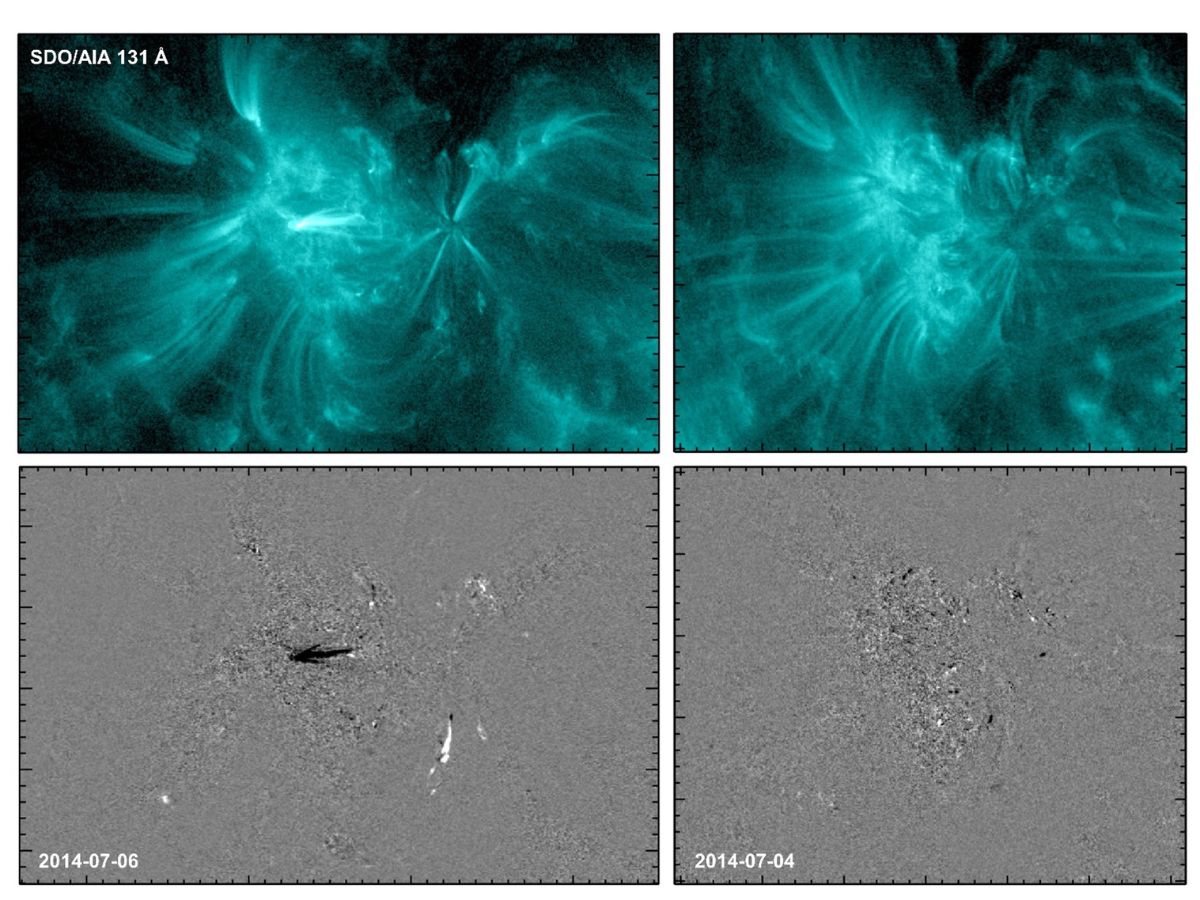Scientists Can Predict Solar Storms With The Help Of Flashes On Sun: Study
The scientists used data from NASA's Solar Dynamics Observatory to identify small signals in the upper layers of the solar atmosphere, or the corona. These signals can help predict solar flares.

Scientists can now predict solar flares and space weather storms with the help of flashes on the Sun, according to a new study published in The Astrophysical Journal. The scientists, who are from NorthWest Research Associates, or NWRA, used data from NASA's Solar Dynamics Observatory to identify small signals in the upper layers of the solar atmosphere, or the corona. These signals can help scientists identify which regions on the Sun are more likely to produce solar flares, which are energetic bursts of light and particles released from the Sun.
What happens in the corona before solar flares?
The researchers found that above the regions of the Sun about to flare, the corona produced small-scale flashes, similar to small sparkles before the big fireworks.
Using this information, scientists can better predict solar flares and space weather storms, which refer to the disrupted conditions in space caused by the Sun's activity.
How do space weather storms affect Earth?
Earth is affected by space weather in many ways. For instance, space weather is responsible for the formation of auroras, and disrupts radio communications, causes large electrical blackouts, and endangers astronauts.
Solar activity in photosphere and chromosphere
Previous studies have shown how activity in lower layers of the Sun's atmosphere, such as the photosphere and chromosphere, can indicate impending flare activity in active regions. These regions are often marked by groups of sunspots, or strong magnetic regions on the surface of the Sun that are darker and cooler compared to their surroundings. The new study, which describes how activity in the upper layers of the solar atmosphere can help predict solar flares, adds to scientists' knowledge of solar activities.
In a statement released by NASA, KD Leka, lead author on the paper, said researchers get some very different information in the corona than they get from the photosphere, or 'surface' of the Sun, and the results may give them a new marker to distinguish which active regions are likely to flare soon and which will stay quiet over an upcoming period of time.
What the images captured by NASA’s SDO reveal
SDO had captured two images of the solar active region (NOAA AR 2109), which the researchers analysed as part of the study. The images show extreme-ultraviolet light produced by million-degree-hot coronal gas on the day before the region flared, and the day before it stayed quiet and did not flare. There are two images which show the changes in brightness at the two different times.
The image captured on the day before the flare shows patches of intense variation, indicating high variability, while the image captured the day before the solar active region stayed quiet and did not flare is mostly grey, indicating low variability.
These images are part of a newly created image database of the Sun's active regions captured by SDO. The database combines over eight years of images taken of active regions in ultraviolet and extreme-ultraviolet light.

Significance of the findings
Using the images in the database, the NWRA team studied a large sample of active regions, and discovered that small flashes in the corona preceded each flare. With these insights, researchers can better understand the physics taking place in the magnetically active regions of the Sun, and develop new tools to predict solar flares. Karin Dissauer, one of the authors on the paper, said combining all the information about solar active regions from the surface up through the corona should allow forecasters to make better predictions about when and where solar flares will happen.







































